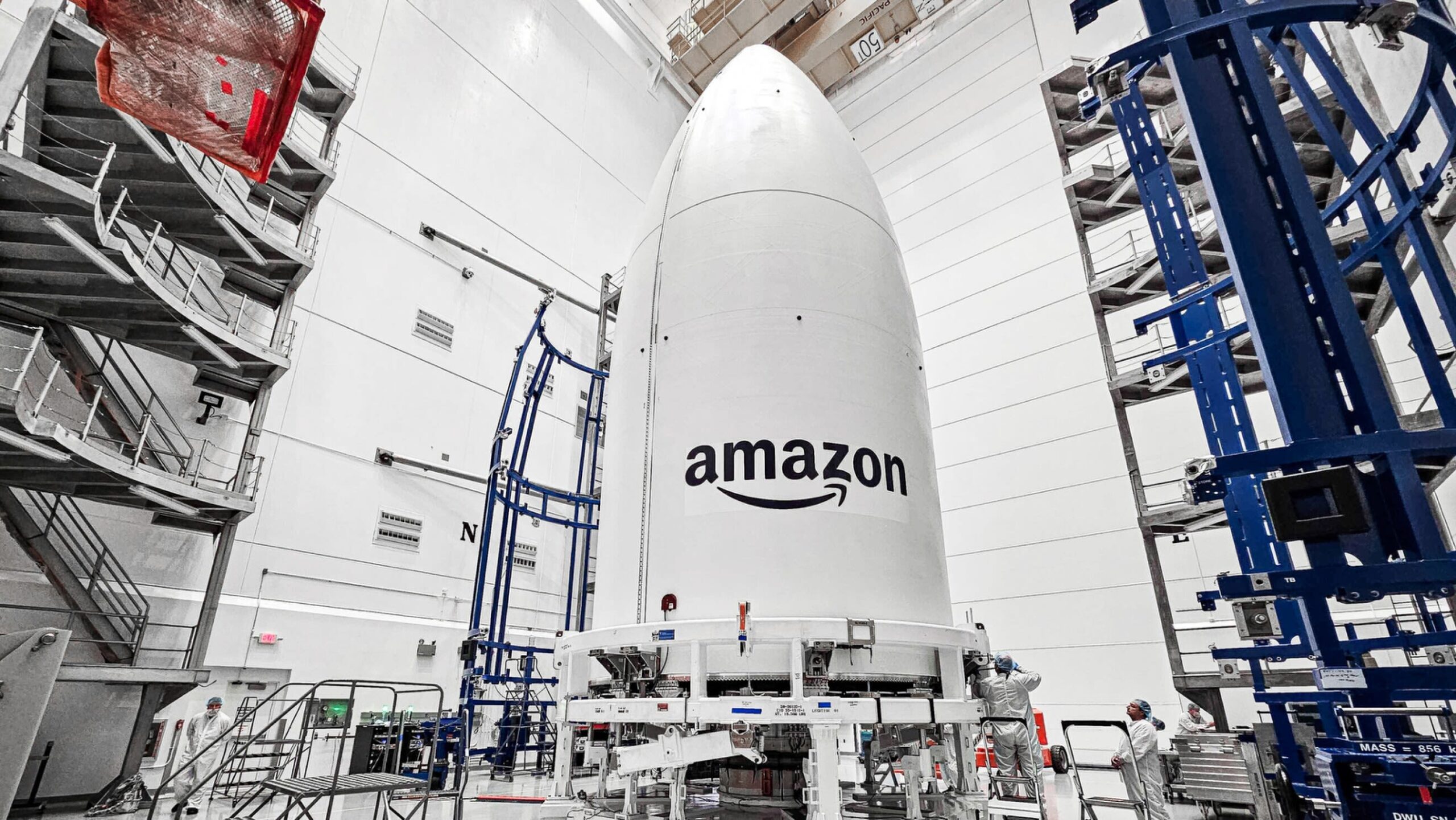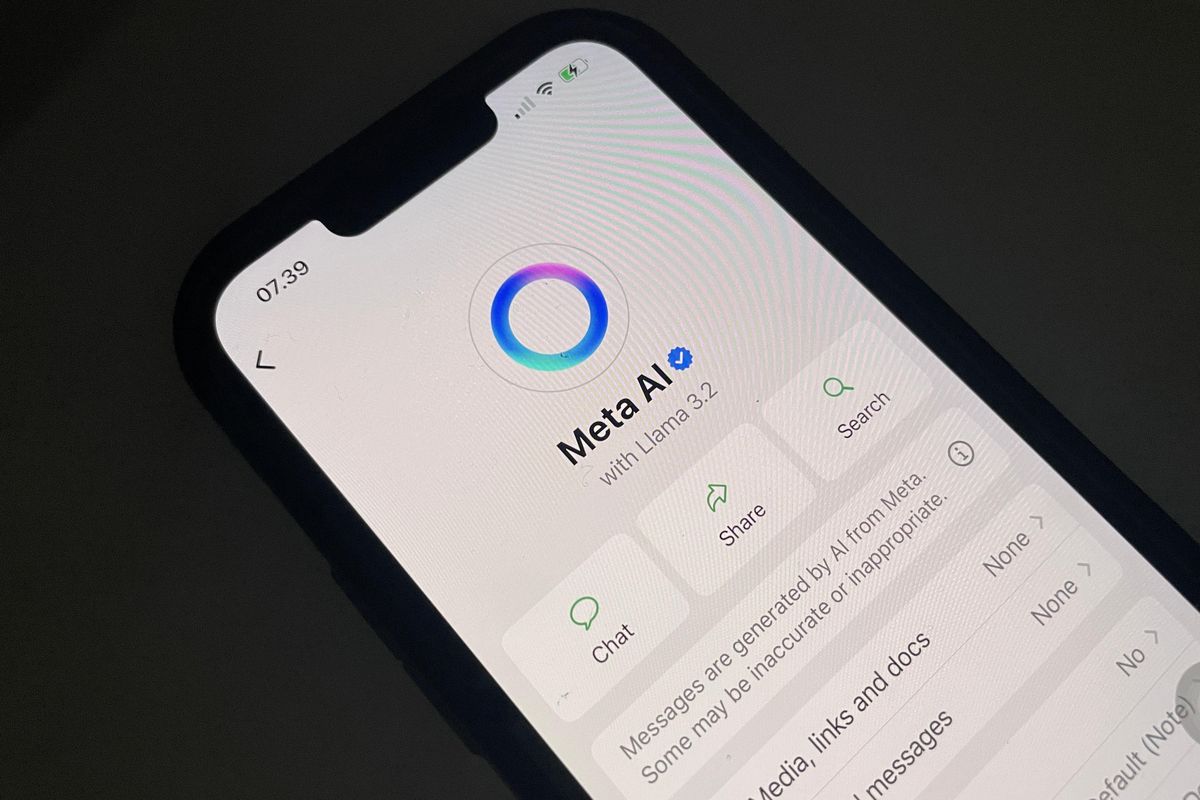The concept of a passwordless future has been a hot topic in the tech industry for quite some time. While the idea promises enhanced security and ease of use, the transition is happening at a slower pace than expected. Despite the growing disdain for the cumbersome process of creating and entering passwords, experts note that the shift towards a passwordless environment is not as rapid as one would hope. This could be attributed to various factors, including technological limitations and user resistance.
Improved computer security is on the horizon for both businesses and individual users willing to adopt alternatives to passwords. Biometric authentication methods like fingerprint scanning and facial recognition are becoming increasingly popular. However, the identity and access management space still has a long way to go before passwords can be completely phased out. Industry analysts offer predictions on the future of passwordless authentication but caution that it’s not a one-size-fits-all solution. There are still challenges to overcome, such as ensuring universal accessibility and addressing privacy concerns.
Tech giants like Microsoft are also making strides in this direction. Microsoft’s Azure Active Directory is evolving to support passwordless authentication, signaling a significant shift in how we think about security. Yet, even with these advancements, the reality is that passwords are still deeply ingrained in our digital lives. They act as the first line of defense in most security protocols, and getting rid of them entirely would require a complete overhaul of existing systems.
Moreover, the move towards a passwordless future is not just a technological challenge but also a cultural one. People have been conditioned to use passwords for decades, and changing this behavior is easier said than done. Educating users about the benefits of passwordless authentication methods and how to use them effectively is a crucial step in this transition.
In summary, the journey to a passwordless future is fraught with complexities. While the technology is evolving, and companies are keen to adopt newer, more secure methods, the transition is far from straightforward. Users, too, need to be willing to adapt to these changes for a passwordless future to become a reality. As we navigate this shift, it’s essential to remain aware of both the opportunities and challenges that lie ahead.








